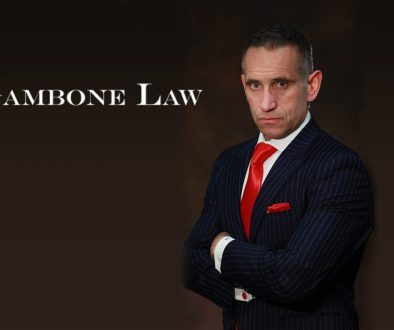Why only probation for evidence tampering following a death? Understanding Sentencing Guidelines
Why Probation for Tampering with evidence following a death
Recently a Philadelphia jury found 22 year old Michael White not guilty of voluntary manslaughter and related charges following an incident which resulted in the death of Sean Schellenger. The incident occurred in Rittenhouse Square Section of the City in 2018 and White was charged with stabbing Schellenger to death following a physical altercation with him. The criminal case received national attention and divided the City of Philadelphia along race, class, and in many ways opportunity lines. While the jury acquitted White of the most serious charge of manslaughter (felony of the 1st degree), it did find him guilty of evidence tampering, (a misdemeanor of the 2nd degree ). Following the jury’s decision, the trial judge scheduled sentencing on the evidence tampering charge and denied the prosecution’s request that the victim’s family be permitted to speak during those proceedings.
At the sentencing, the court sentenced White to 2 years of probation on the tampering charge but no jail time. Schellenger’s supporters, along with many members of the general public, weren’t satisfied with this outcome and believed that the court should have sentenced White to at least some jail time given Schellenger’s death. This case represents an opportunity to explain sentencing procedure in Pennsylvania and why White’s sentence was appropriate despite the public outrage.
Sentencing Guidelines – Offense Gravity Scores and Prior Record Score
It is important to understand that jury convicted White of a misdemeanor of the 2nd degree and the statutory maximum is 2 years of state incarceration. While this is the statutory maximum for a misdemeanor of this grading, there are sentencing guidelines associated with each offense within the Pennsylvania Crimes Code. Sentencing guidelines provide offense gravity scores for all offenses and the guidelines are based on the offense gravity score (OGS) along with the individual’s prior record score (PRS). For example, tampering with evidence, Title 18 Section 4910 has an OGS of 2 whereas, aggravated assault, Title 18 Section 2702 (felony of the first degree) has an OGS of 11. The lead charge in White’s case, manslaughter, Title 18 Section 2503 (felony of the first degree) is also an 11, while White’s original charge, murder of the 3rd degree, Title 18 Section 2502 has an OGS of 14.
Why Probation & Not Jail?
It is my understanding that White had no prior criminal history but an arrest in an unrelated matter. For sentencing purposes, only convictions count towards a person’s PRS. Since White had no prior convictions and it is unclear whether he maintained a juvenile record, I assume that his OGS was a zero. If these assumptions are correct, then White’s sentencing guidelines for witness tampering called for probation and not either a county jail or state prison sentence. While the judge could consider aggravation and mitigation evidence, he was not permitted to punish White for charge for which he was acquitted.
Had White been convicted of manslaughter, his sentencing guidelines would have been 72 months to the statutory limit (20 years). Obviously this is a dramatic difference but it demonstrates why White’s sentence was appropriate. Had the court sentenced White above the guidelines it would have had to provide its reasoning on the record and there is a strong possibility that Pennsylvania’s Superior Court could have found the sentence unreasonably harsh. This isn’t to say that some judges would have given White at least a short county jail sentence. Judges are permitted to go beyond guidelines based on aggravation presented from the prosecution but also permitted to go below them based on the defense’s mitigation arguments.
For those who wanted the Court to consider Schellenger’s as some type of aggravation, again, the judge simply wasn’t permitted to consider allegations for which a jury acquitted White. White maintained, and still maintains, a presumption of innocence on those charges since the Commonwealth failed to meet its burden of proof of guilt beyond a reasonable doubt.
If you’re charged with a crime in Pennsylvania it is important that your attorney explain sentencing procedure and guidelines to you. Your criminal lawyer should do this even if your case is proceeding to trial so you understand consequences if you are convicted following a judge alone or jury trial. The sentencing guidelines are also important to determine if a plea offer is appropriate. It is impossible to evaluate an offer without understanding sentencing guidelines based on your prior record score and your offense gravity score for the allegations against you.


